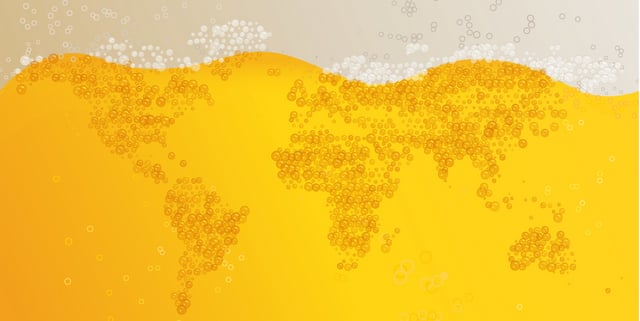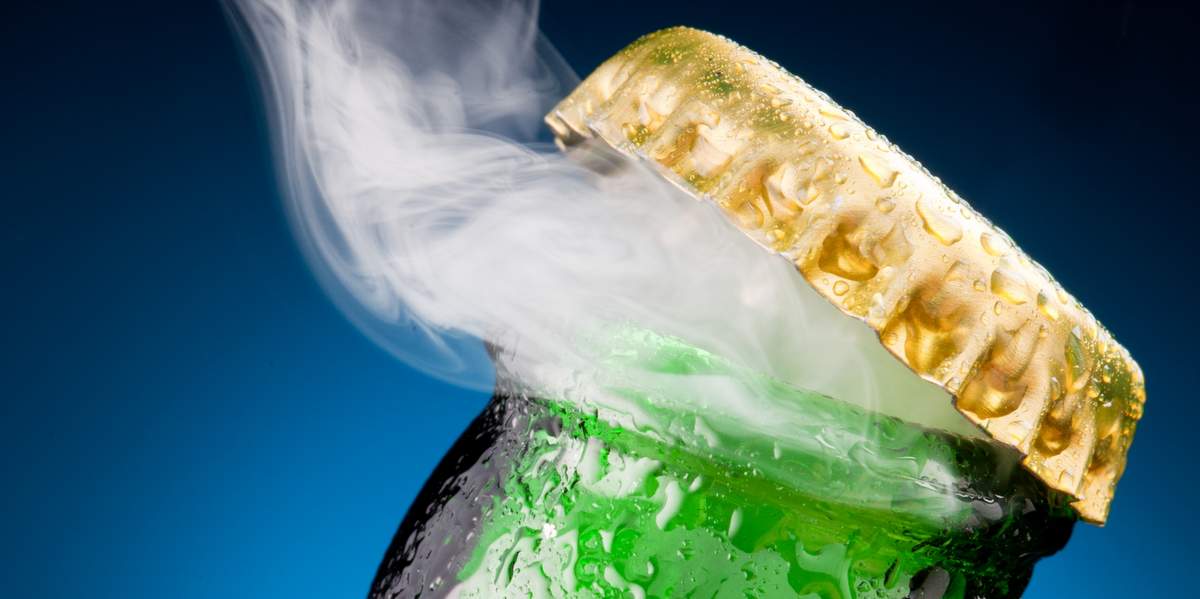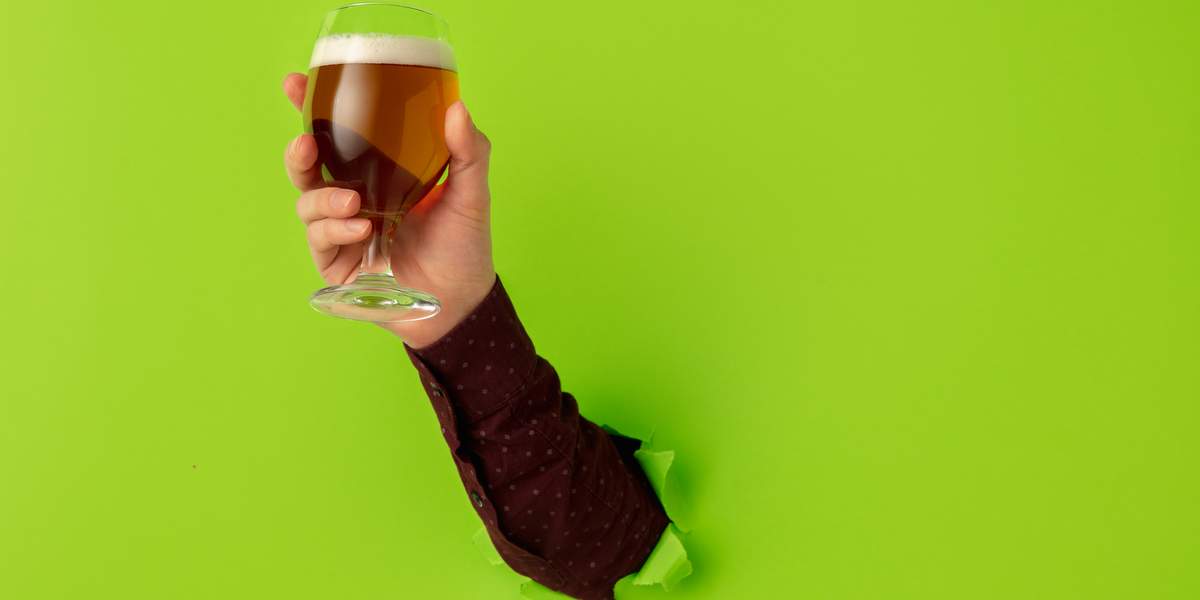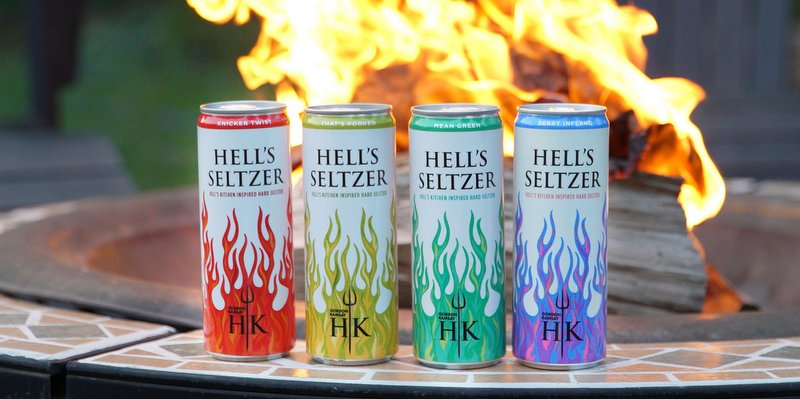
Over the last 40 years, IWSR has built up the world’s largest database on the beverage alcohol market. It claims to understand the market, category and brand performances of products in 157 countries across the world using local market input. Occasionally, IWSR releases market reports, and occasionally we run those market reports because we find them interesting and insightful. Here’s one right now!
In a newly published report series examining the impact of COVID-19 on 10 key markets, IWSR Drinks Market Analysis, the leading authority on the global beverage alcohol market, shows that the online channel has been a savior of the beverage alcohol industry.
All 10 markets included in the IWSR assessment have seen a temporary element of panic buying and out-of-stock situations in the off-premise.
“While this is subsiding in most markets, the ecommerce channel has helped most businesses maintain growth potential,” noted Mark Meek, CEO at IWSR Drinks Market Analysis. “However, the upswing in ecommerce sales, coupled with consumer stockpiling through the retail channel, has so far failed to make up for the vast losses in the on-trade caused by the enforced closure of bars and restaurants around the world.”
The report, which focuses on Argentina, China, France, Germany, India, Italy, South Africa, Spain, the UK and the United States, draws out key insights into the current impact of COVID-19 on the global beverage alcohol market, including:
US beverage market leading the way whilst others struggle with downturn
In the United States, retail alcohol sales (including ecommerce) have been trending strongly since early March. Here, even since the initial phase of peak pantry-loading in mid-March, sales have maintained strongly through April so far, up by double digits compared to last year. Large size formats do especially well across all categories, based on reduced shopping frequency and higher basket ring.
“While many value brands have reversed declines during COVID-19, it’s not at the expense of premium,” noted Brandy Rand, COO of the Americas at IWSR. “All categories show a continued premiumization trend as consumers transition some of their on-premise spending to at-home consumption.”
Ecommerce sales continue to be significant due to stay-at-home orders and physical distancing efforts and it’s likely this will continue. Even as some U.S. states slowly start to reopen, consumer buying habits developed during COVID-19 will linger and could indicate a new normal of beverage alcohol consumption.
Off-trade and ecommerce drive growth in the UK
By comparison in the UK, off-trade is up by 20 percent and ecommerce is up by 50 percent. The growth potential of ecommerce in the UK, however, is constrained by capacity issues and catering to the surge in demand, especially within general grocery ecommerce which leads in the UK. The closure of the on-trade in the UK has meant 40 percent of UK trade has been removed from the market.
In the medium term, the ban on mass gatherings — sports events, music festivals, etc. — will make their mark on the most mobile of drinks categories. Ecommerce is increasingly joined by new arrivals to D2C in the UK, including craft producers looking to compensate for the closure of taprooms and visitor centres. The craft sector, however, is set to take a big hit from the impact of Covid-19.
With lockdown measures extended for another three weeks, current trends are expected to continue for the next fortnight. There are early signs that some UK consumers may become conscious of overindulging in alcohol at home and may resort to some degree of moderation, be that lowering frequency, swapping to lower ABV drinks or introducing some no/low solutions to their product mix.
Markets with under-developed ecommerce structures feel the hit

While markets with an established ecommerce structure are meeting increased demand, such as in the UK and Spain, there are growth constraints due to capacity issues. The pandemic has also highlighted the plight of countries lacking a viable ecommerce structure, such as in Italy. Whilst Italy has doubled its ecommerce sales, this is negated by its low starting point and restricted sales due to limited capacity. Enterprising on-trade wholesalers have been fueling the channel’s growth in D2C by setting up makeshift ecommerce or app platforms to sell to their consumers.
Meanwhile, consumers in Germany have proven reluctant to embrace online alcohol sales. Alcohol ecommerce has grown but not to the same extent as other developed European markets. Instead, supermarket sales have remained relatively stable as consumers seek safer ground.
Some countries, such as India, lack even the most rudimentary ecommerce structure for beverage alcohol, meaning that here — due to the curtailment of the on-trade and of most retail alcohol business — sales have dialed down close to zero.
Categories that rely on the on-trade take a hit in multiple markets
In the current environment, category consumption trends are often governed by their exposure to the on-trade. As such, spirits have been badly hit in markets like Argentina, Italy and Spain, where consumption is mainly in the on-premise, and the same is true for beer in markets including Argentina, Germany and Spain, where the on-trade accounts for an estimated 80 percent of beer volumes and 60 percent of spirits volumes.
By comparison in the UK, wine is least exposed to on-trade closure as over 85 percent of consumption is at home. Stockpiling means it has benefited the most since the outbreak, thereby bucking longer-term category decline. In the United States, sales of wine, beer and spirits are all doing well, most seeing double-digit sales growth.
Total market closure in South Africa
The market has shut down completely in South Africa, due to a government ban on all sales of alcohol. Brewers and particularly craft breweries are among the most affected as their stock — either on site or in the distribution system — is now set to expire. But one additional feature weighs heavily on the South African wine industry in particular — not only the sale but also the transport of alcohol remains banned in South Africa. Perhaps as an unintended consequence this means that companies cannot even export — a significant issue in an industry that ships some 60 percent of its output abroad in normal times.
The on-premise remains crucial to China’s recovery as restrictions are slowly lifted
As the pandemic evolves, attention shifts to the impact of the slow lifting of restrictions, especially in China, where restaurants and bars gradually reopening, albeit with social distancing rules in place and tighter regulations in Beijing, have meant a recent modest growth in sales. The on-premise is crucial not only to pure on-premise sales but also, due to a widespread bring-your-own-bottle culture, to the off-premise.
The ability to browse in brick-and-mortar shops is now attractive and supermarkets have had a resurgence after weeks of lockdown made convenience stores the go-to shopping solutions.
Any boost offered by the gradual return of the on-trade will likely be softened by China’s fragile alcohol wholesale structure and the continued enforcement of social distancing rules in a country of social drinkers.
The IWSR Covid-19 Market Impact Snapshot series is a bi-weekly report produced by IWSR to help the beverage alcohol industry stay on the pulse of the impact of the pandemic around the world. To find out more about the IWSR’s data and insights visit: www.theiwsr.com.






Leave a Reply
You must be logged in to post a comment.